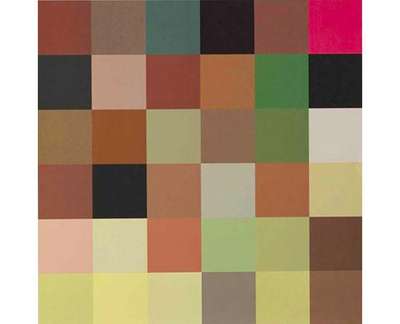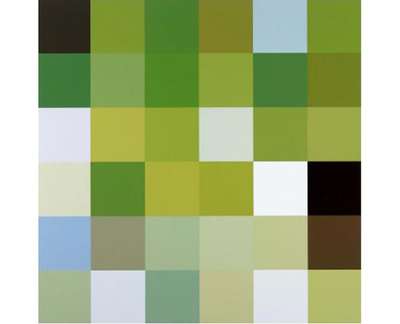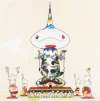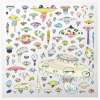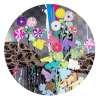Acupuncture
Takashi Murakami’s term "superflat," describes the smooth aesthetics of Japanese manga and anime art, as rooted in the deeper art history of Japan. In line with this self-theorisation, Murakami created the Acupuncture series, which comprises abstract pixelated fields, corresponding to his usually bright colour palette.
Takashi Murakami Acupuncture For sale
Acupuncture Value (5 Years)
Takashi Murakami's Acupuncture series has historically shown more modest results compared with the artist’s wider oeuvre, with auction prices ranging from £285 to £1100. Average annual growth has remained modest at -0.62%, with certain works seeing declines in value. Over 6 total auction appearances, average selling prices have held steady around £546. This series appeals to collectors seeking accessible entry points into Takashi Murakami’s print market.
Acupuncture Market value
Auction Results
| Artwork | Auction Date | Auction House | Return to Seller | Hammer Price | Buyer Paid |
|---|---|---|---|---|---|
 Acupuncture/Flowers – Checkers Takashi Murakami Signed Print | 17 Oct 2024 | Chiswick Auctions | £425 | £500 | £700 |
 Acupuncture – Opening Wide Squeezing Tight Takashi Murakami Signed Print | 28 Oct 2019 | Cornette de Saint Cyr Paris | £340 | £400 | £550 |
Sell Your Art
with Us
with Us
Join Our Network of Collectors. Buy, Sell and Track Demand
Meaning & Analysis
The Acupuncture collection is a series of lithograph prints by Takashi Murakami, the renowned Japanese artist who is known for straddling the fine art and commercial market by producing paintings and sculptures, as well as popular fashion and merchandise. The prints in this collection are all signed and come in an edition size of 300.
Murakami’s style is generally described using the term ‘superflat’. This term was coined by the artist himself and in 2000 he published the superflat theory in the catalogue for a group exhibition that he curated for the Museum of Contemporary Art in Los Angeles. According to Murakami’s theory, there is a legacy of flat, two-dimensional imagery from Japanese art history in manga and anime. This style contrasts with the way Western art attempts to emphasise texture and surface by experimenting with planes of colour and depth. As well as being used to describe the aesthetics of artworks, the term is also used by Murakami to address the nature of post-war Japanese culture and society. Murakami notes how differences in social classes and popular taste have flattened, diminishing the distinction between ‘high’ and ‘low’ culture. A feature of the superflat style which is often seen in Murakami’s work is taking ideas or symbols of ‘low’ culture and presenting them using fine art techniques or exhibiting them in settings associated with ‘high’ culture, which has the effect of flattening together what is considered ‘high’ and ‘low’ in the same work.
Murakami’s fascination with ‘high’ and ‘low’ culture, his desire to bring the two together in his artworks, as well as his use of the screen printing technique and love for consumer culture, means the artist is often compared to Andy Warhol, the pioneer of the Pop Art movement. Murakami has gained the title of ‘Japan’s Andy Warhol’, and he will leave a long-lasting impact on the art world, as his Pop Art predecessor did before him.
